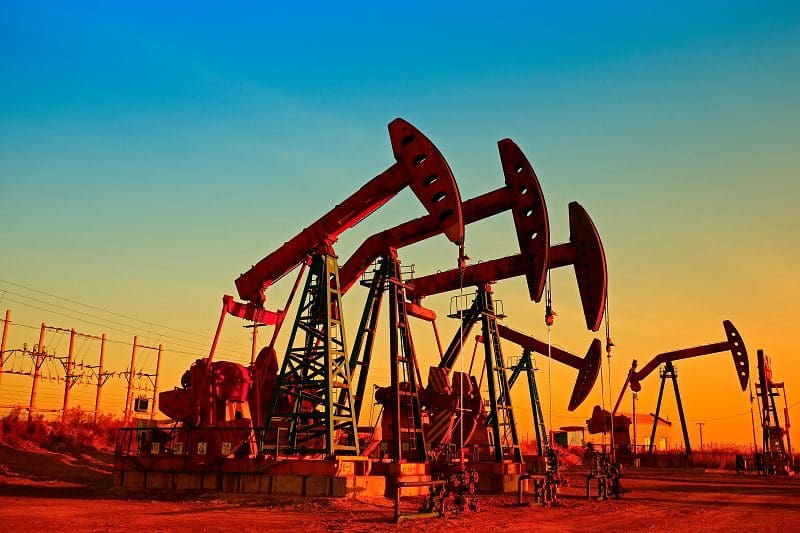Just 18 months ago Joe Biden took the oath of office as President of the United States of America and began releasing the full power of the federal bureaucracy to change the nation’s energy industry. He vowed to rid America’s power grid of fossil fuels with “clean energy.”
On day one he nixed the construction of the Keystone XL pipeline. Later came changes in the leasing of federal lands for oil and gas exploration. EPA proposed new regulations on oil and gas wells. SEC wants more information from companies about how they are addressing environmental, social and governance (ESG) issues.
Shortly after Biden’s inauguration in January 2021, crude oil prices began to rise from $50 per barrel to $70 by summer to $90 in January a year later and $120 today. Gasoline followed going from $2.40 per gallon in January 2021 to $5 today.
Rising energy prices fueled inflation, which has resulted in a decline in Biden’s approval rating.
His response has been verbally attacking oil producers and refiners, the very industry he needs to create more supplies of petroleum products to soften prices.
The “quick fix” that the president is seeking doesn’t exist, and it involves many moving parts to increase supply in an effort to meet rising demand internationally.
The International Energy Agency (IEA) forecasts world oil demand will expand by 2.2 million barrels per day (b/d) to 101.6 million b/d in 2023, surpassing pre-pandemic levels.
IEA also expects oil demand in China will increase in the future as its economy expands after the lockdown from Covid-19.
Increasing oil supplies will be critical to meeting rising demand. IEA said tighter sanctions against Russia by the U.S. and European Union could result in less oil available for consumption. EU countries have agreed to ban 90 percent of the bloc’s imports of Russian crude and oil products, to be phased out over the next 6-8 months.
OPEC said it is increasing production quotas, but questions remain if it will be able to meet those goals. Already Libya has said it will shut in 1 million b/d because of conflicts within the country.
IEA said production from non-OPEC+ sources, led by the U.S., is set to lead world supply growth through next year, adding 1.9 million b/d in 2022 and 1.8 million b/d in 2023.
Global refining capacity is set to expand by 1 million b/d in 2022 and 1.6 million b/d in 2023, boosting throughputs by 2.3 million b/d and 1.9 million b/d, respectively, IEA forecasts.
Refineries in the U.S. are running at full capacity, but inventories continue to be below the 5-year average for crude oil and distillates.
President Biden’s attempt to solve his political problem of high gasoline prices with political rhetoric will not solve his economic problem of shortages of oil and petroleum supplies.
Alex Mills is the former President of the Texas Alliance of Energy Producers.
Alex Mills is the former President of the Texas Alliance of Energy Producers. The Alliance is the largest state oil and gas associations in the nation with more than 3,000 members in 305 cities and 28 states.






